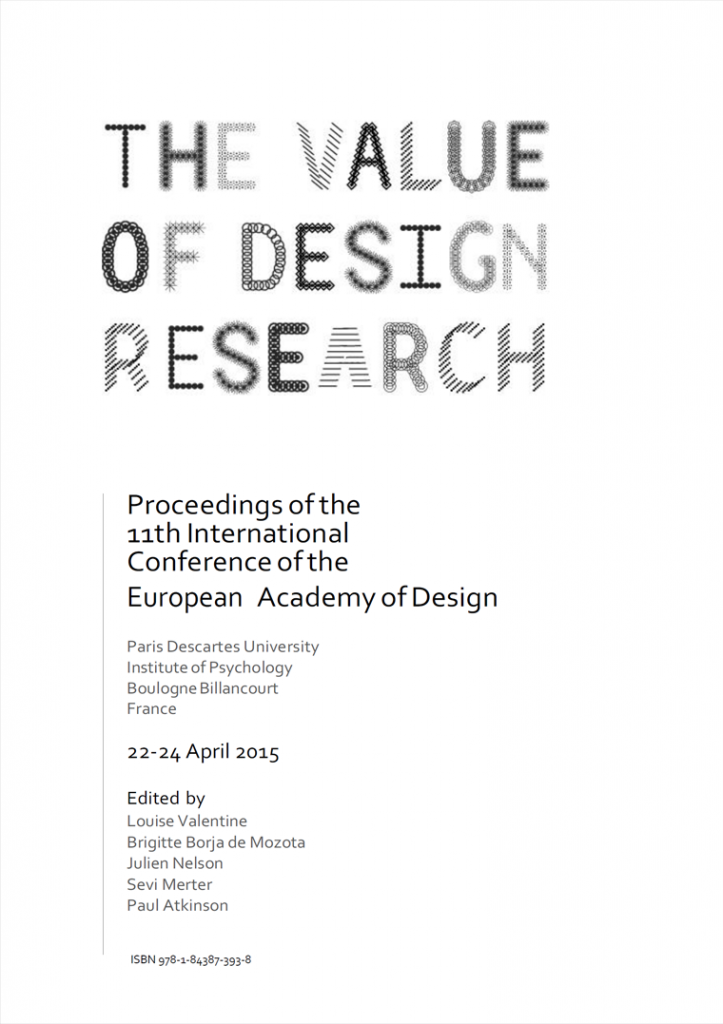In current context, social business, acting as one of the most promisingformofsocial economy, is presenting advantages and possibilities to build a better society, where new ways of generating business innovations with social responsibilities are necessary. Since design have shown its capabilities and impacts on business innovation, what and how design will be able to contribute to the new waysof thinking, living and behaving have attracted a number of scholars in different backgrounds. This paper aims at understanding how design provides new ways of interpretation in social business and how its capabilities change in different social business contexts and organizational patterns according to their specific characteristics. The paper includes, firstly, theoretical researches and definitions on the term “social enterprise”. Afterwards, the paper describes a conceptual framework to present four types of social business according to their relational patterns and different purposes: (1)feedingforproblem solving (2)feeding for sense making (3) collaborative forproblem solving (4) collaborative forsense making. During thisphrase, examples of caseswill be conducted to explain the four frames.And the classification also addresses the different design strategies for intervening four different social business frames on the dimensions of organization according to certain basic factors, which promote design processes and innovation, relating to information flow, participatory engagement processes and social business models generation. Finally, the analysis of two main findings will be presented. And these findings also indicate new research directions, deeper analysis and relatedapplications in certain fields.
